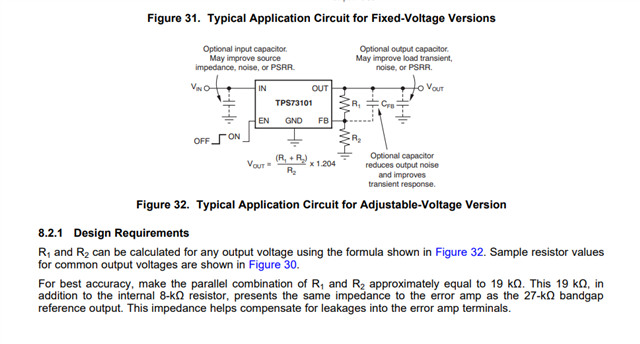Other Parts Discussed in Thread: TLV700
Tool/software:
Our optical sensor manufacturer recommends using LDO to filter each power rail. Unfortunately our sensor board only has 3.3V available and the sensor requires 3.2V to 3.4V for this supply. Does it make more sense to use the 3.2V LDO for a guaranteed output at under 100mA or use the 3.3V regulator and assume about 50mV drop giving me 3.25V. I would prefer the higher voltage as it's more in line with the operational voltage the sensor is specified for.


